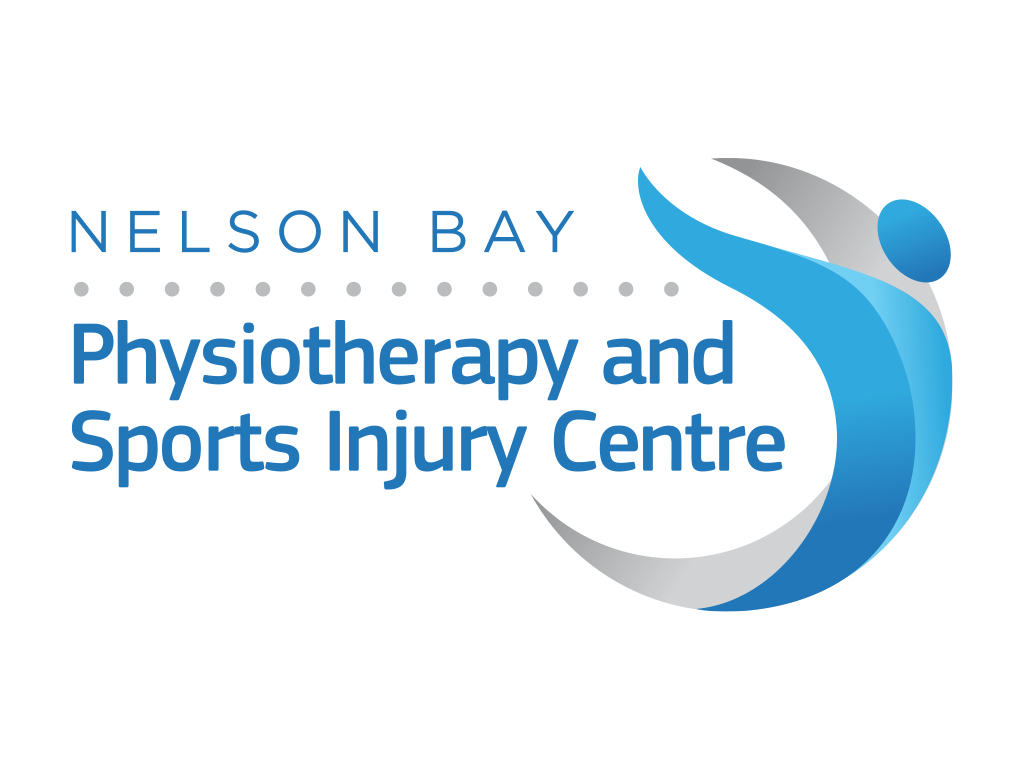Is Yoga actually beneficial for you?
July 24, 2015

Yoga is one of those activities that can be difficult to get a handle on. There’s a lot of different types, it means different things to different people, and there are a lot of unique preferences. So is yoga actually good for you?
Breaking down yoga styles might take a while. Bikram is ‘hot’ yoga, where the temperature of the room is purposefully higher. Power yoga is more about strength, while classes like Ashtanga are focused on athletics. There’s a range of others – often marketing or westernising the traditional practice that originated from India.
While there are different types, the general premise of yoga is building strength, flexibility, and balance, as well as mental and spiritual practices.
We’ll take a look at how yoga can help in those areas (and what might be a little bit of an exaggeration).
What yoga can do for your body
Good for: Strength, balance and flexibility
Yoga can work to build strength in some poses, especially if your current level of fitness is low. If you’re starting from nothing, it will be a challenge. Yoga’s progress involved holding a pose with better form, or for longer, or doing a more advanced version. Yoga via Youtube can take you some of the way, but it’s likely you’ll hit a limit..
It can be hard to progress without an instructor. And that’s where the line is blurred between a ‘practitioner’ who happens to have found themselves teaching yoga, and someone more like a physiotherapist, who has studied and trained for years at university to understand the human body.
It’s worth looking into whom your potential instructor might be.
Yoga is decidedly good for muscle flexibility and joint range of motion, with most styles focusing on stretching and flexibility training. This reduces your chances of injury; the next time you need to leap over something, you won’t be in danger of tearing a hamstring from the sudden effort. It’s also much easier to put socks on in the morning.
Another benefit mentioned by Vitals is that yoga helps with neuromuscular training. In particular, studies have shown that ACL knee injuries can be reduced by deliberately training the connection and coordination between your brain and your muscles.
Yoga is one way to do this – there’s also more rigid training techniques such as the PEP programme developed by Santa Monica Orthopaedics and Sports Medicine Research Foundation. It’s sort of a side-benefit.
What yoga can’t do for your body
Not good for: Cardio, weight-loss, ‘toxins’.
Your cardio might improve slightly, but you won’t see the marked improvement that running, cycling, swimming or aerobic training would offer. You suffer in certain yoga poses and you know you’ve worked out, but you don’t breathe as hard or get your heart rate up as high as you do when embarking on a tough run or a couple of laps of some hills on two wheels.
Techly spoke with Australian Physiotherapy Association sports physiotherapist Holly Brasher, who holds a Bachelor of Applied Science (Physiotherapy), a Masters in Sports Physio, and is Managing Director of SquareOne Physiotherapy, to discuss more.
She agreed with the summaries and confirmed that yoga isn’t the ‘ideal choice’ for weight-loss, given other activities will burn more calories faster – such as running.
As for removing toxins and the like these are a complete myth. Your body has a liver, which is precisely made for removing toxins.
Beliefs around chakras and reiki and ‘vital energy’ of ‘qi’ and others haven’t been proven in any peer-reviewed science experiment – but they’re more related to spirituality, and not directly related to the physical qualities of yoga discussed here.
What’s the harm with yoga?
To get to the bottom of if yoga isn’t suitable for some people, we asked Ms Brasher what she’d recommend for people considering yoga for their general fitness.
“Yoga is great for improving flexibility. If you are a person who’s flexibility is poor then regular yoga classes will help.
“Conversely, if you are a person who is hypermobile (very flexible) then yoga is not the best choice of exercise. By further increasing an already large range of motion you are putting your body at risk of injury, as often the case is that you will not have the strength to control so much movement.”
“That is, if you are really flexible you need to be really strong to reduce your risk of injury. If you are after a gentle form of exercise then something like Pilates would be more appropriate as it works more on strengthening the postural muscles.”
In terms of yoga resulting in injuries, there are some potential problems. Holly Brasher again:
“Unfortunately there are many problems with yoga as a form of exercise.
“The problem is that “gurus” claim who believe their form of exercise i.e yoga is going to “cure everything and everyone.
“Each person needs to be dealt with individually, so whilst I would recommend yoga to one person I would tell another to stay away based on their pathology.
“Back pain is often grouped into one solid lump when the causes of back pain are very varied and the treatment and management of them is also. Some conditions need to avoid bending forward (eg. acute disc injury) and some need to avoid leaning backwards (eg. spondylolithesis).
“A yoga teacher would not have this knowledge so you can see how easy it is for someone to do a yoga class that involves everyone doing the same thing in the class to make their back pain worse.
“Overall, we mainly see problems with neck, back, knee and shoulder pain that is stirred up by yoga.
“My advice would be, if you have an injury, get advice from a health professional as to what you can and can’t do, as the same recipe does not work for everyone.”
Techly http://www.techly.com.au/2015/07/03/is-yoga-actually-beneficial-for-you/
